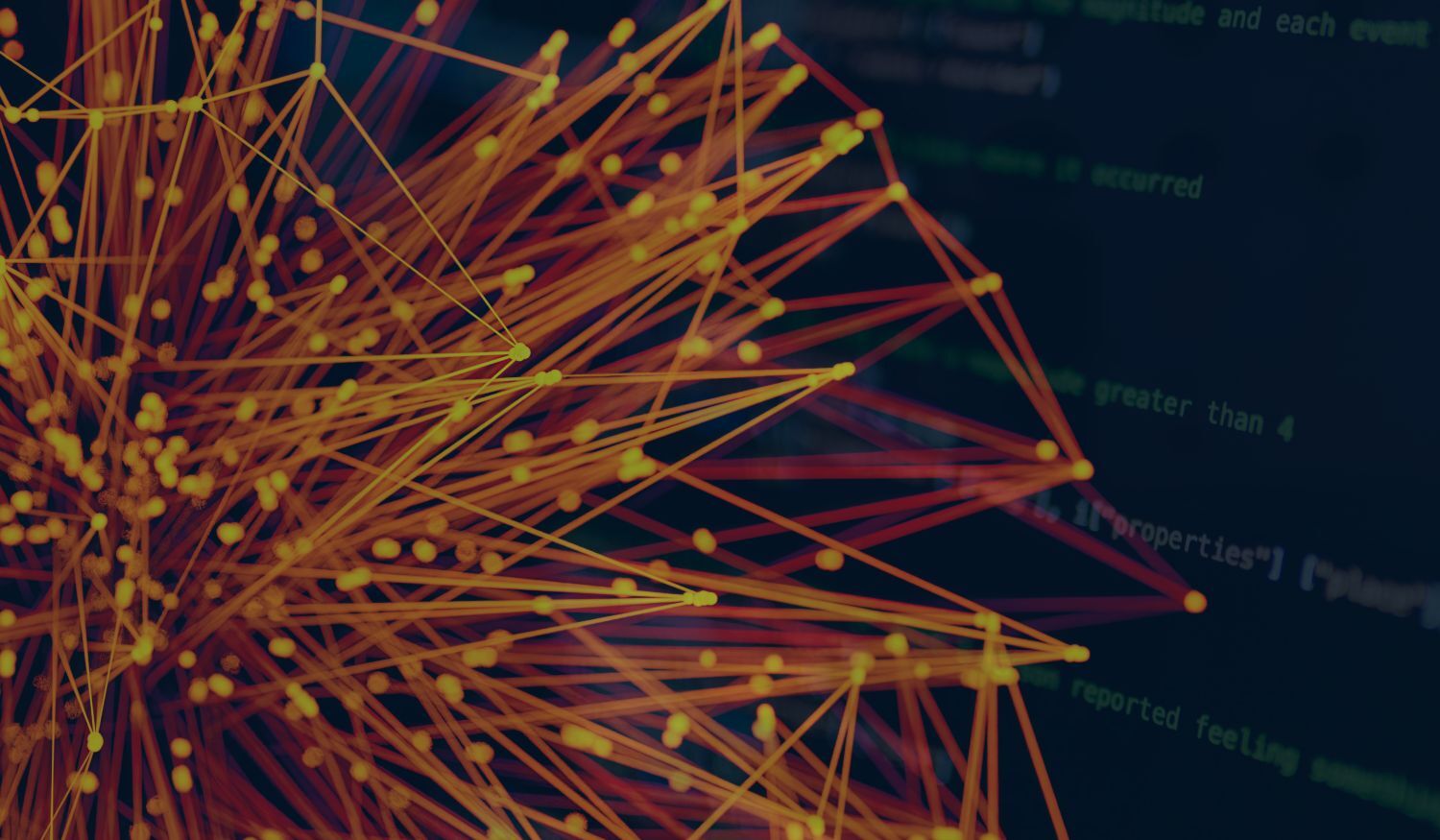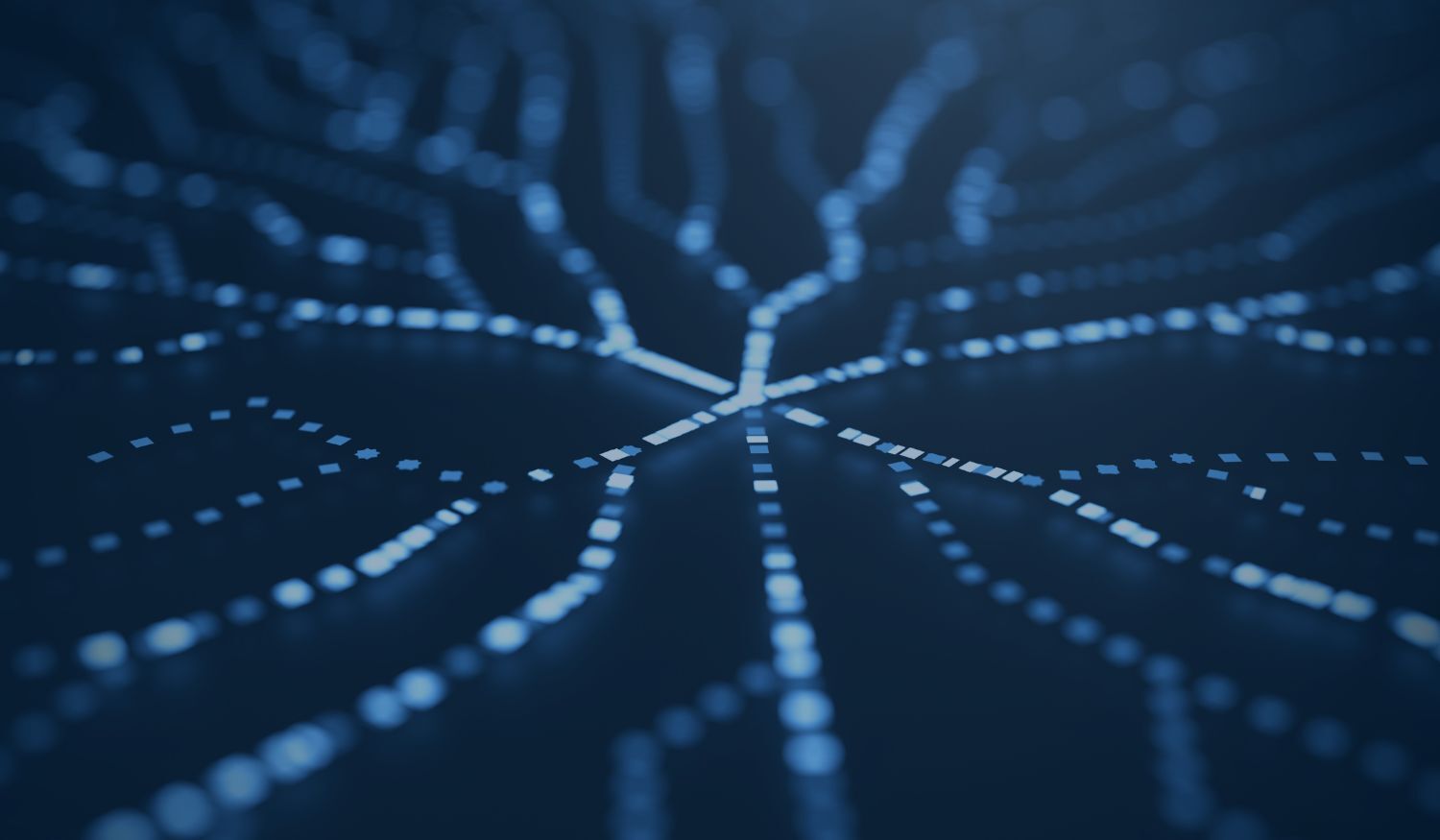With the growing scale of threats and expanding attack surfaces, traditional Security Operation Centers (SOCs) are under pressure to perform at levels that are increasingly unsustainable. CISOs are being asked to deliver faster detection, higher resolution rates, and improved efficiency without corresponding increases in headcount or budget.
Artificial intelligence has now reached a point where it is reshaping what is possible in a SOC. Early automation and playbooks paved the way but AI-driven SOCs represent a deeper shift. Instead of manually chasing alerts or triaging thousands of events, AI augments human analysts by investigating at machine speed, recognizing complex attack patterns, and continuously improving over time.
To cut through the noise, senior leaders should focus on the metrics that matter. Four areas stand out where AI-enabled SOCs will deliver measurable impact:
- Mean time to investigate (MTTI) and mean time to respond (MTTR)
- Dwell time
- Alert Resolution Throughput
- Analyst productivity
Each of these directly affects risk, cost, and performance at scale. Below, we explore how an AI SOC changes the numbers that CISOs track most closely.
1: Mean Time to Investigate and Mean Time to Respond
For years, mean time to investigate and mean time to respond have been viewed as the heartbeat metrics of SOC performance. They determine how quickly the team can validate a potential incident and take corrective action. In many organizations, these times are measured in hours or even days, largely because analysts must manually sift through logs, correlate disparate signals, and chase false positives.
An AI-driven SOC radically compresses these cycles. By applying machine learning models trained on massive threat datasets, AI systems can instantly correlate events across identity, endpoint, network, and cloud data. Instead of spending hours pulling logs from different tools, analysts receive a unified incident view with root cause, affected assets, and recommended response steps within minutes.
This acceleration does more than save time. Reducing MTTI and MTTR from hours to minutes directly impacts containment. Attackers frequently rely on speed. Once inside a network, they may move laterally within minutes, escalate privileges, and exfiltrate sensitive data. The faster a SOC can validate an alert and initiate response, the smaller the blast radius of an attack.
Leading AI SOC provider, Intezer, provide examples of ways teams could increase performance to reduce MTTR such as: Automate Incident Response, Predefined Response Protocols and the Integration of Response Tools.
Mitchem Boles, Field CISO at Intezer states "AI in the SOC must prove itself in board-ready metrics and ROI. With Intezer’s AI SOC we’re cutting MTTI/MTTR, collapsing dwell time, and covering EVERY alert to reduce traditionally accepted risk while elevating human judgment without expanding the bench."
For CISOs, the business case is straightforward: faster investigation and response limit material impact, regulatory exposure, and reputational damage. In environments where a breach can cost millions per day, shaving even a few hours from these metrics translates into tangible financial benefit.
2: Dwell Time
Dwell time measures how long an adversary remains undetected in the environment. Industry studies routinely show averages ranging from several weeks to months. Every additional day of undetected access increases the likelihood of data theft, ransomware detonation, or intellectual property loss.
Recent academic research reinforces the urgency of reducing dwell time. A 2024 qualitative study by Abdul Rahman, based on interviews with seasoned security professionals, highlighted that extended dwell times are a critical driver of escalating breach costs. The findings underscore that proactive measures and timely detection are essential to mitigating risks and strengthening resilience.
AI-driven SOCs align directly with this evidence as they shorten dwell time by identifying subtle attack patterns that might otherwise be missed. Traditional rules-based systems struggle with novel tactics or multi-stage campaigns. AI, by contrast, excels at spotting anomalies in behavior, correlating weak signals, and piecing together suspicious sequences across domains.
For example, an attacker using stolen credentials may blend into normal traffic. A rules-based system might overlook it, but AI can detect deviations in login patterns, endpoint behavior, or data access volumes. By surfacing these weak indicators earlier, AI cuts the time an attacker can operate undisturbed.
Lower dwell time means adversaries have less opportunity to move laterally or establish persistence. For CISOs, this translates directly to reduced risk of catastrophic breach. A few hours of dwell time may result in a compromised account, but weeks of dwell time can bring down an entire enterprise. AI SOCs shifts the equation in favor of defenders by narrowing that window.
3: Alert Resolution Throughput
One of the most visible challenges for CISOs is the overwhelming volume of alerts. SIEMs, EDR platforms, cloud monitoring tools, and threat intelligence feeds collectively generate thousands of daily alerts, far more than any team can realistically process. The result is alert fatigue, growing backlogs, and risk blind spots when events go unaddressed.
AI-driven SOCs directly improve resolution throughput by filtering, prioritizing, and automating. First, they reduce noise by correlating events across multiple sources, eliminating false positives that waste analyst time. Second, AI models apply risk scoring to alerts, ensuring high-priority issues rise to the top of the queue. Third, routine events such as phishing attempts or known malware signatures can be automatically remediated, freeing analysts to focus on complex investigations.
The net effect is higher throughput: more alerts reviewed, investigated, and resolved within a given period, without expanding headcount. For CISOs, this provides a stronger narrative to boards and regulators. Instead of showing an ever-growing backlog, leaders can demonstrate that the SOC is keeping pace with alert volume and resolving a higher percentage of events that matter. Improved throughput becomes proof that risk is actively being reduced, not deferred.
4: Analyst Productivity
SOC analysts are among the most valuable yet overextended resources in cybersecurity. Recruitment is difficult, retention is harder, and burnout is a constant challenge. Productivity is therefore a critical metric for every CISO.
An AI SOC amplifies analyst output by shifting their focus away from repetitive tasks toward higher-value activities. Instead of manually reviewing every suspicious login, analysts can investigate strategic campaigns, hunt for emerging threats, or fine-tune detection models. AI acts as a force multiplier, enabling the same team to cover more ground without increasing headcount.
Productivity gains also improve morale. Analysts freed from monotonous work are more engaged and more likely to stay. They also contribute to long-term defense maturity by proactively building playbooks, training models, and enhancing response strategies.
For CISOs, this translates into measurable return on investment. Increased productivity means more coverage per analyst, better risk management without ballooning costs, and a stronger case to stakeholders that the SOC is future-ready.
When writing this I wanted to portray how 'overall productivity' is increased and although I understand this is a conceptual benefit, without a specific metric to measure it, we could explore it through the route of:
- Alerts investigated per analyst per shift – baseline numbers can be established and then tracked for improvement as AI automates tier-one triage.
- Cases resolved per analyst per month – shows throughput gains as routine tasks are automated.
- Percentage of time spent on proactive tasks vs reactive tasks – AI can free analysts from low-value work, shifting more of their time to threat hunting, red-teaming, and tuning defenses.
- Escalation ratios – fewer cases escalated unnecessarily to senior staff as AI enriches context at lower levels.
- Retention and burnout metrics – while softer, some organizations track average analyst tenure and attrition as indicators of sustainable productivity.
The Strategic View for CISOs
Metrics such as MTTI, MTTR, dwell time, alert closure rates, and analyst productivity are not abstract. They are the indicators that boards, regulators, and insurance underwriters care about. Improving them strengthens resilience, lowers financial exposure, and enhances credibility at the highest levels of the enterprise.
Mitchem Boles, provides further clarification as "an AI SOC isn’t a bolt-on tool, it is a fundamental shift that provides the promised outcomes security teams have struggled with for years: triage 100% of alerts at machine speed and provide accurate verdicts for immediate remediation. That's how you enable the SOC, augment your people, and show clear risk reduction."
AI SOCs are not a silver bullet. They require integration, governance, and careful oversight to ensure models are transparent and aligned with organizational risk priorities. But for senior leaders evaluating the next stage of SOC evolution, the metric-driven improvements described above provide a clear blueprint for value.
CISOs should approach AI SOC adoption with a phased strategy:
- Begin by identifying which metrics are most critical to the business and establish baselines.
- Introduce AI capabilities in areas with high potential for measurable gains, such as automated phishing response or anomaly detection.
- Track improvements against baseline metrics to demonstrate progress.
- Use results to build the case for scaling AI across more SOC functions.
The competitive advantage will not simply be in adopting AI tools but in proving their impact through hard numbers. The four metrics outlined above are where that proof will be most evident.
Share this
You May Also Like
These Related Stories

AI-Generated Honeypots that Learn and Adapt

How I Replaced Management Consultants with ChatGPT (and a Few Cups of Coffee)


